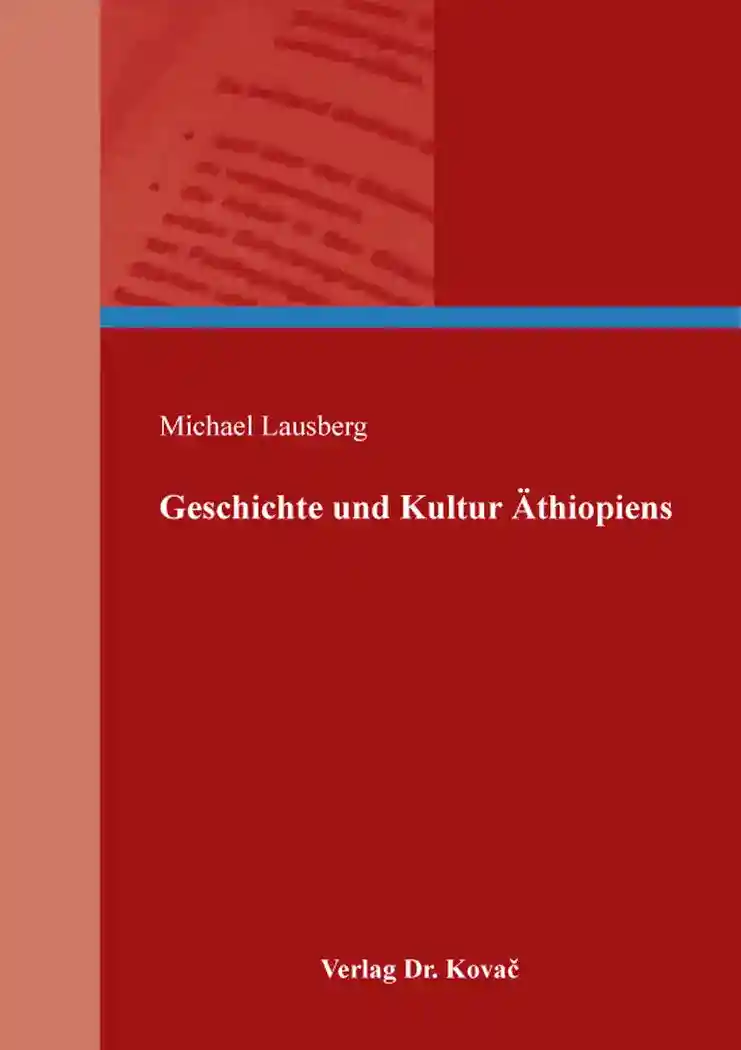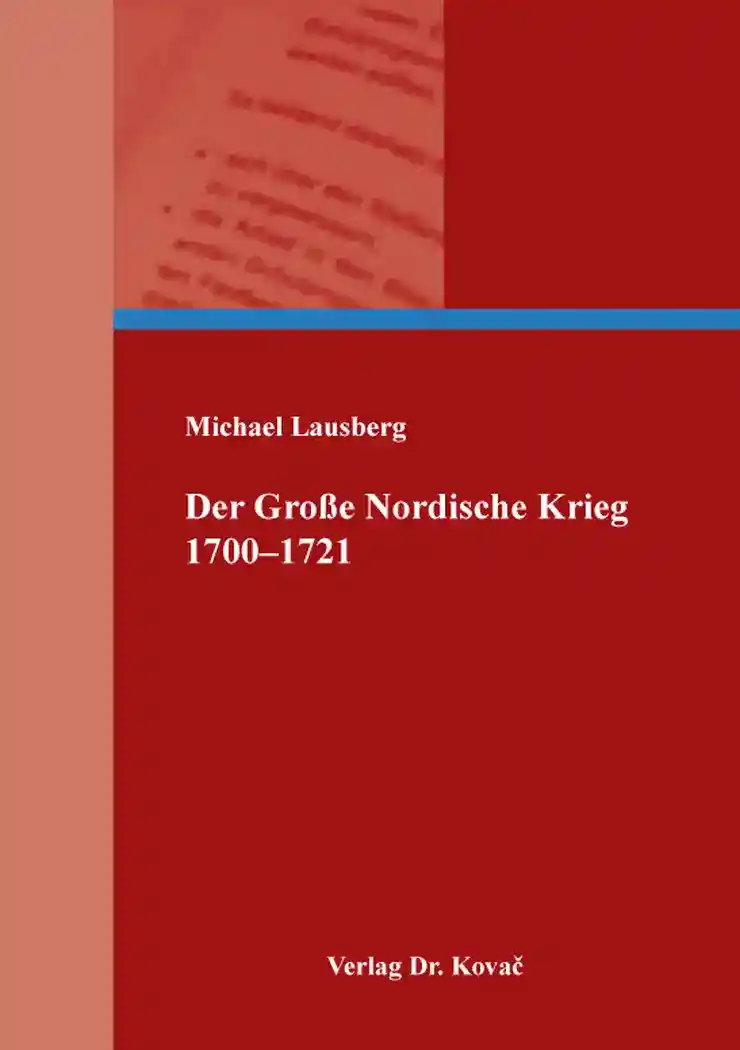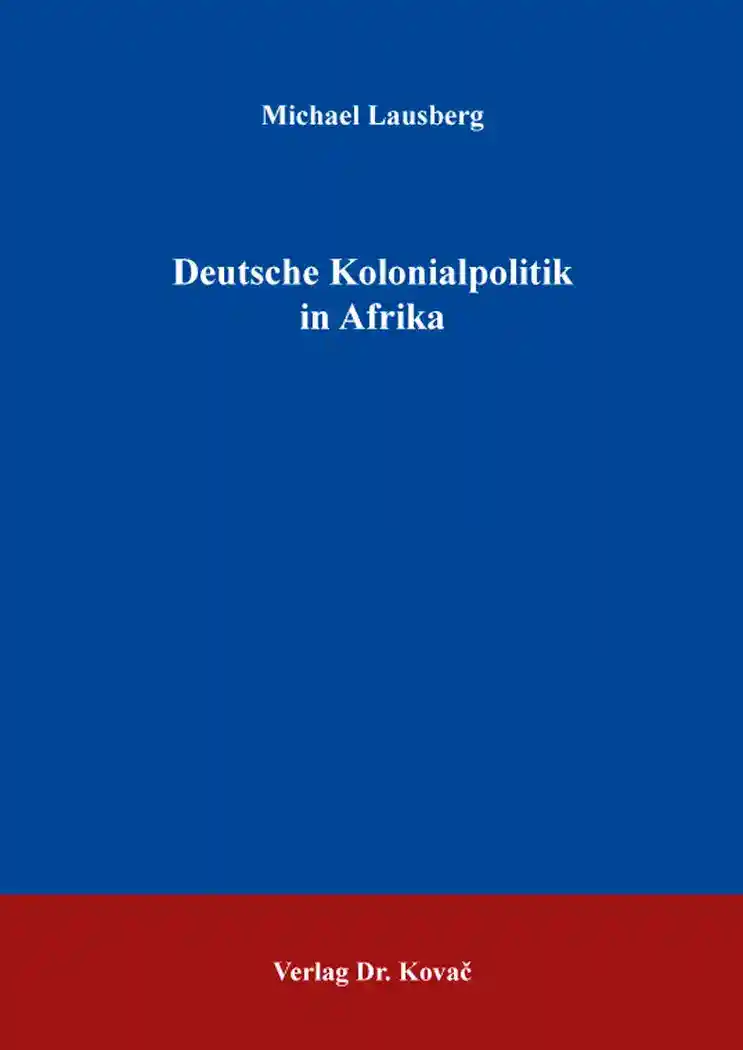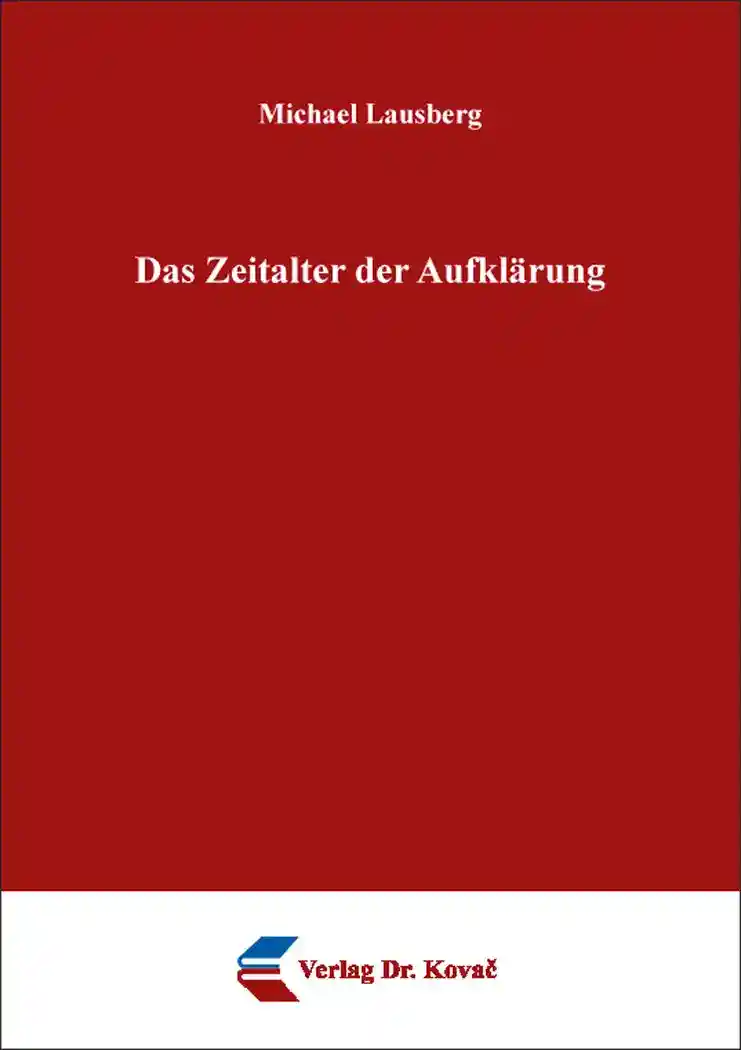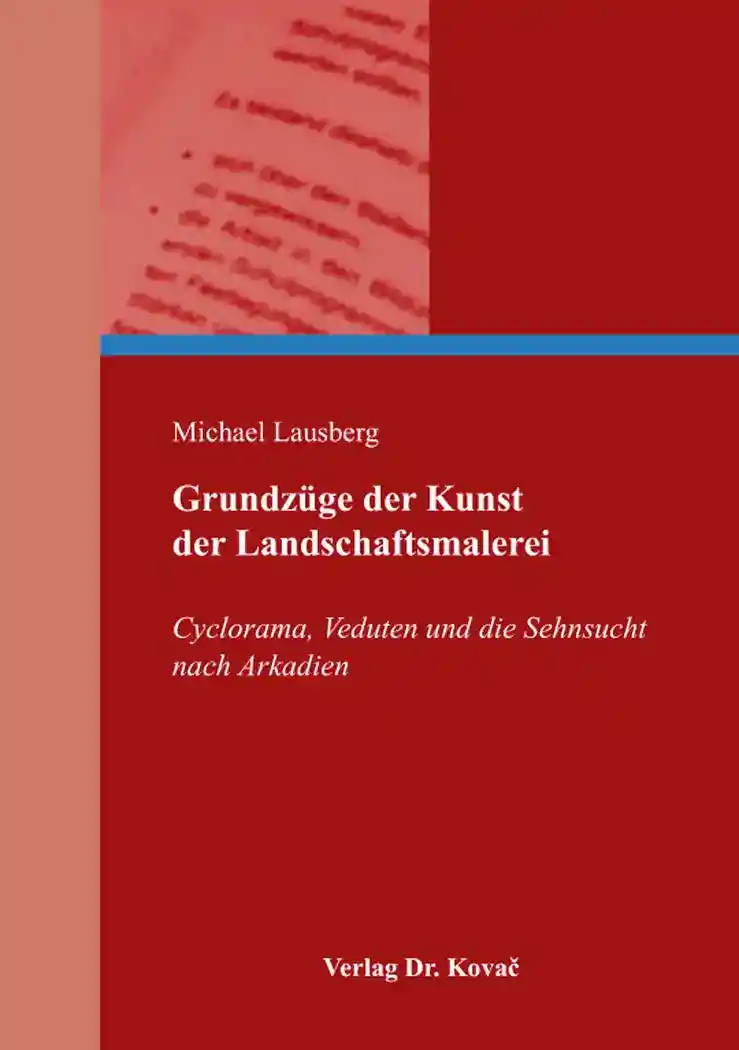Michael LausbergGeschichte und Kultur Äthiopiens
Schriften zur Kulturgeschichte, volume 57
Hamburg 2021, 308 pages
ISBN 978-3-339-11896-7 (print)
ISBN 978-3-339-11897-4 (eBook)
About this book deutschenglish
People in in Ethiopia suffer from a complex interplay of environmental degradation, increasing shortage of land due to population growth, conflicts between different ethnic and religious identities, and social confrontations as a result of such tensions. But Ethiopia is more than depressing problems, this country has a wide history, legends and customs and a diverse culture.
Some of the oldest skeletal evidence for anatomically modern humans has been found in Ethiopia. It is widely considered as the region from which modern humans first set out for the Middle East and places beyond. According to linguists, the first Afroasiatic-speaking populations settled in the Horn region during the ensuing Neolithic era. Tracing its roots to the 2nd millennium BC, Ethiopia’s governmental system was a monarchy for most of its history. Oral literature tells that the monarchy was founded by the Solomonic dynasty of the Queen of Sheba, under its first king, Menelik I. In the first centuries, the Kingdom of Aksum maintained a unified civilization in the region, followed by the Ethiopian Empire.
During the late–19th-century Scramble for Africa, Ethiopia and Liberia were the only two nations that preserved their sovereignty from long-term colonisation by a European colonial power, and many newly-independent nations on the continent subsequently adopted its flag colours. However, the country was later occupied by Italy in 1936 and became Italian Ethiopia, until it was liberated during World War II. During the Italian rule, the government abolished slavery, a practice that existed in the country for centuries, and urbanization steadily increased. Ethiopia was also the first independent African member of the 20th-century League of Nations and the United Nations. In 1974, the Ethiopian monarchy under Haile Selassie was overthrown by the Derg, a communist military government backed by the Soviet Union. In 1987, the Derg established the People’s Democratic Republic of Ethiopia, but it was overthrown in 1991 by the Ethiopian People’s Revolutionary Democratic Front, which has been the ruling political coalition since.
Ethiopians have one of the richest, most well-preserved cultures in the world. Locals have a strong identity, passing on legends and customs from one generation to the next. Christianity is the predominant religion, followed by Islam and other traditional animist beliefs. Ethiopian music is extremely diverse and modern influences come from folk music from all over the Horn of Africa, particularly Somalia.
Hand woven fabrics are used to create elegant garments. Traditional garb includes pants and knee-length shirts with a white collar, a sweater for men and shawls to cover the women’s hair. Locally made jewelry is stunning, particularly the silver and gold necklaces, which are often worn on the arms and feet. Traditional clothes are often seen during religious ceremonies, weddings and other special occasions.
Michael Lausberg introduces in this book the rich history and culture of Ethiopia from oldest skeletal evidence for anatomically modern humans to the present.
Your book at Dr. Kovač Publishing House
Weitere Bücher des Autors
Der Große Nordische Krieg 1700–1721
Hamburg 2023, ISBN 978-3-339-13262-8 (Print) | ISBN 978-3-339-13263-5 (eBook)
Preußens Herrscher vom „Großen Kurfürsten“ bis Friedrich Wilhelm IV.
Hamburg 2020, ISBN 978-3-339-11764-9 (Print) | ISBN 978-3-339-11765-6 (eBook)
Deutsche Kolonialpolitik in Afrika
Hamburg 2020, ISBN 978-3-339-11224-8 (Print) | ISBN 978-3-339-11225-5 (eBook)
Erich Mühsam und sein Verständnis von Anarchismus
Hamburg 2019, ISBN 978-3-339-10794-7 (Print) | ISBN 978-3-339-10795-4 (eBook)
Hamburg 2018, ISBN 978-3-339-10366-6 (Print) | ISBN 978-3-339-10367-3 (eBook)
Grundzüge der Kunst der Landschaftsmalerei
Cyclorama, Veduten und die Sehnsucht nach Arkadien
Hamburg 2018, ISBN 978-3-339-10046-7 (Print) | ISBN 978-3-339-10047-4 (eBook)
